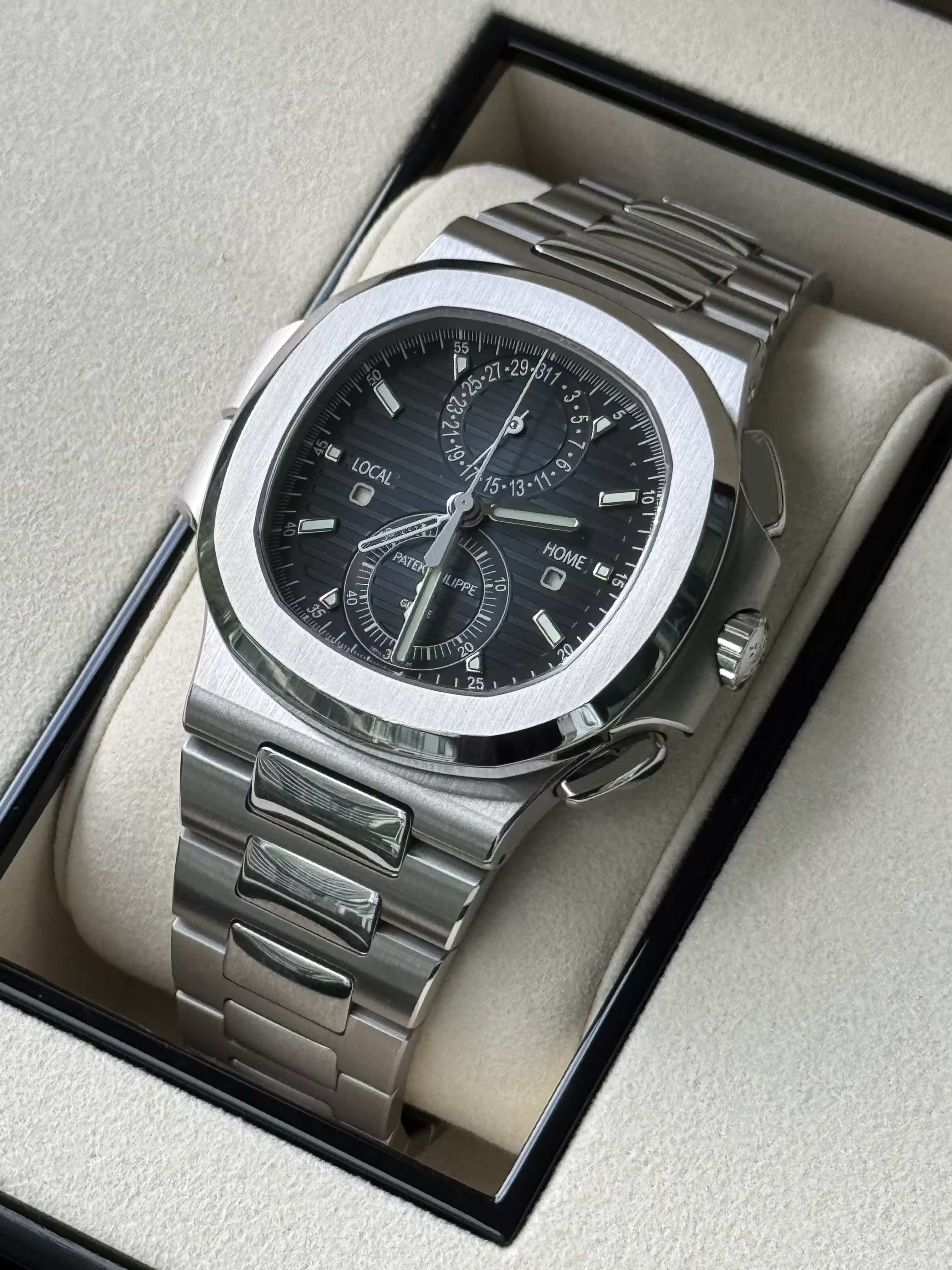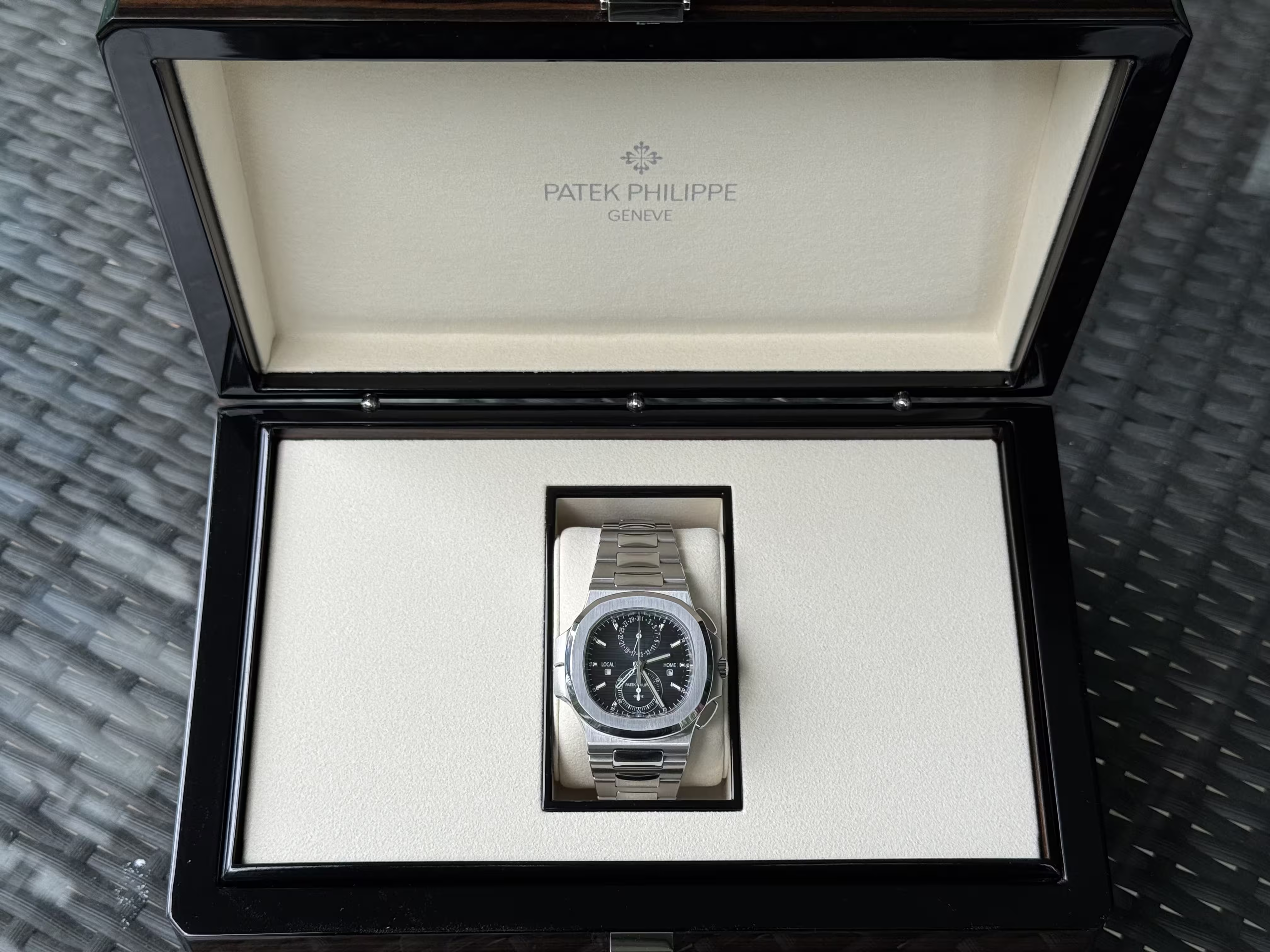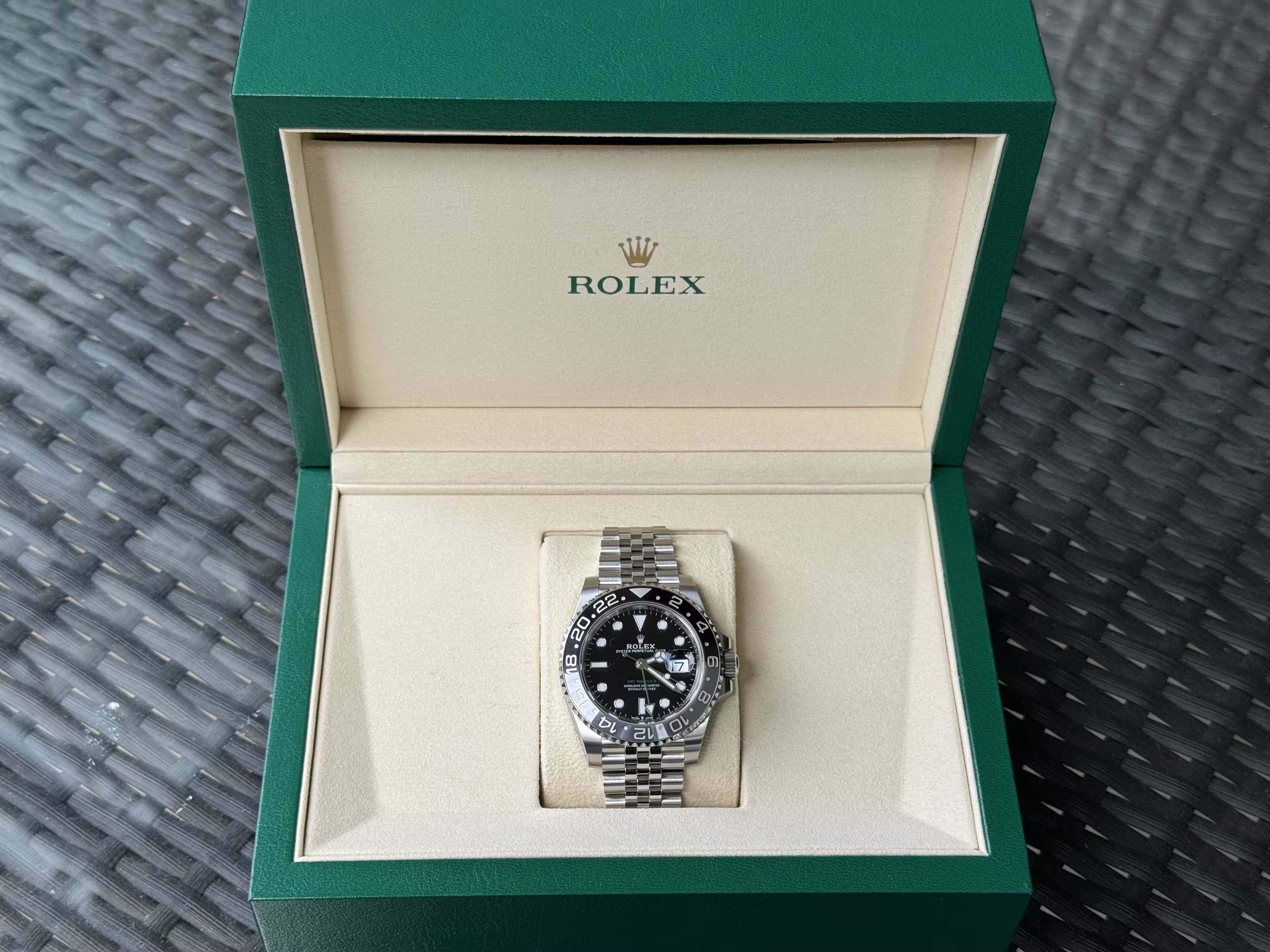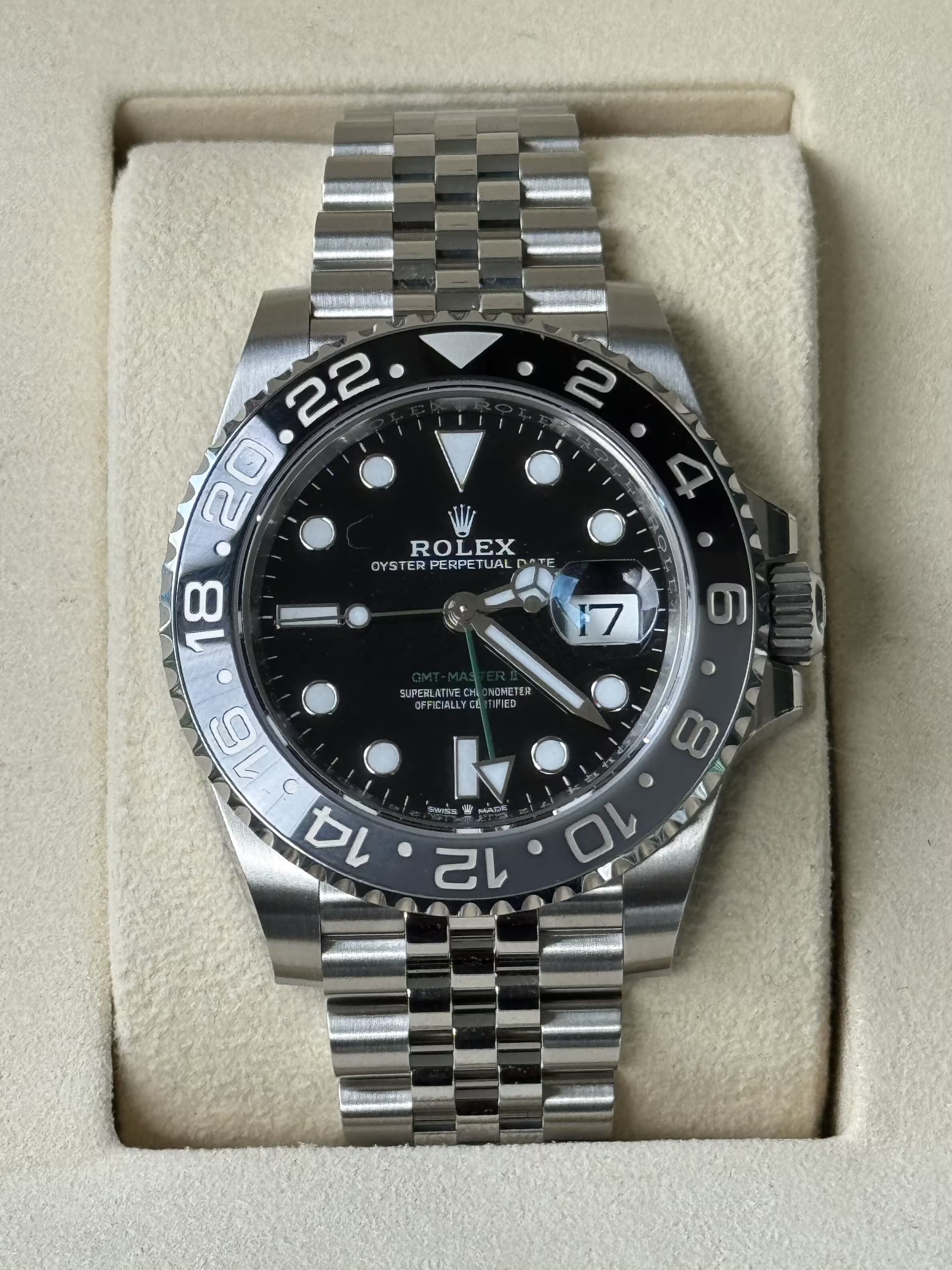Tariffs
Andre Frois
August 18, 2025
8
Minutes Read

For decades, the American collector’s love affair with Swiss watches has been a steady heartbeat in the luxury world. In 2024, the US imported CHF 4.37 billion worth of Swiss watches, dwarfing second-placed China’s CHF 2.05 billion. But that comfortable rhythm may be about to skip a beat.
Following our first article about the opportunities born from unprecedented economic events, a number of our long-standing and newly acquainted clients reached out to secure their grail timepieces. We had predicted market turbulence, but a 39% tariff hike wasn’t on anyone’s bingo card.
Around America’s Independence Day on 4 July, Swiss negotiators celebrated securing a modest 10% tariff deal with the Trump administration. But by 31 July—the eve of Switzerland’s own National Day—Trump accused the country of robbing the US through a $40 billion trade deficit. Bloomberg reported conflicting accounts of a tense phone call between Trump and Swiss president Karin Keller-Sutter, but one fact was clear: the reduced-tariff deal was dead.

In a trade dispute that could have been lifted straight out of a geopolitical thriller, Washington has raised tariffs on Swiss goods from 31% to 39%, which is nearly triple the 15% rate levied on the rest of Europe.
Why Switzerland? The official explanation is tangled in the numbers: that US$40 billion trade deficit, driven largely by gold refined in Switzerland and pharmaceuticals. These products, ironically, are exempt from the very tariffs that are squeezing watchmakers. Nevertheless, Trump has been sending repeated letters to pharma giants, demanding that they sell their drugs for cheaper to the US.
Caught in the crossfire of this trade war, the Swiss watch industry has suffered a blow of historic magnitude.
Unofficially, some whisper a different theory: did Swiss private banks rebuff Donald Trump’s business, planting the seeds of a personal grudge? Whether that’s gossip or gospel, the reality for the watch industry is the same—importing Swiss timepieces into America just became significantly more expensive.
You might also have seen reports that the US Producer Price Index surged by a whopping 0.9% in July—heralding exorbitant inflation that ensures disposable incomes will remain scarce for months to come.

Not all maisons are equally exposed. Richemont, the powerhouse behind Cartier, Vacheron Constantin, and Jaeger-LeCoultre, has been quietly insulating itself. Only 9.8% of its sales come from the US, and 71% of Q1 2025 revenue came from high-margin jewellery rather than watches. Geographic diversification has further buffered the blow, with double-digit growth in the Americas (excluding the US) and the Middle East & Africa. Even so, the group is keeping one wary eye on US tariff negotiations.
Meanwhile, Swatch Group—home to Omega, Longines, and Tissot—has taken a more immediate, tactical approach. CEO Nick Hayek confirmed that prices “will go up for sure” under a 39% tariff, but revealed the group had already pre-emptively shipped surplus inventory to the US earlier this year when the first wave of tariffs was announced. Warehouses and boutiques now hold three to six months’ worth of stock, softening the short-term impact. But that cushion won’t last forever.
One sector worth watching is cryptocurrency, which has been surging since the tariffs were reinstated. It could buoy the US consumer market for a time, but more importantly, it’s worth considering whether blockchain currencies might help buyers sidestep tariffs or breathe new life into the market.

For the American collector, the implications are stark. Higher import duties mean higher retail prices. Your grail watch, whether a steel Nautilus, a platinum Lange 1, or a vintage Speedmaster, may soon cost enough to make even seasoned buyers flinch. Yet paradoxically, this also elevates the financial profile of existing collections. That safe full of Swiss calibres might now be considered not just a passion project, but a precious asset class.
So, where does this leave the market? We will see the pre-owned sector flourish, as buyers hunt for value in lightly worn or vintage pieces already inside US borders. Alternatively, “watch tourism” may emerge as a niche phenomenon—flying business class to a watch capital like Geneva or Singapore to pick up your latest acquisition could, under the new maths, be cheaper than buying it stateside. And this is not a prediction but a spoiler: watch boutiques in Mexico and Canada will soon be overflowing with American customers.
Another option is booking an appointment with SRK Haute Horlogerie—for select pieces, we're happy to meet you anywhere in the world.
Will some brands bite the bullet and lower their US margins to maintain goodwill? Possibly. But for smaller independent watchmakers, the margins were already thin. For them, the choice may be to raise prices or retreat from the American retail landscape entirely.

Perhaps this is all part of a calculated pressure campaign. By targeting luxury watches alongside gold bars and Swiss pharmaceuticals, President Trump could be betting that powerful industry stakeholders will lean on Bern to cut him a sweeter trade deal. Given that Mr Trump recently lent his name to a US$100,000 “Swiss-made” MAGA-branded tourbillon, produced by a little-known company called TheBestWatchesOnEarth, one might conclude that horology is never too far from his mind.

Will the US Supreme Court eventually strike down these tariffs? Could negotiations bring them back in line with the European average? The uncertainty is enough to make both CEOs and collectors hesitate. But one thing is certain: the 39% tariff has hung a sword of Damocles over the American watch market.
For enthusiasts, it’s time to think strategically, whether that means buying now before further price hikes, turning to the pre-owned scene, or booking that Swiss Air ticket. Because in the game of global trade, even the most timeless objects aren’t immune to politics.
As for Switzerland, will it shift pharmaceutical production to the US to placate Trump, or will pharma giants like Novartis and Roche stay put, preventing further domestic unemployment? Only the former could staunch the bleeding in the watch industry. Until then, collectors are wise to work with reputable secondary dealers, because when the clock is ticking, you want someone who can deliver on time.
Q1. How do tariffs directly affect the price of luxury watches for consumers?
Tariffs are taxes placed on imported goods. When tariffs are imposed on watches or their components, the cost for manufacturers and distributors increases. This additional cost is typically passed on to the consumer, leading to higher retail prices for luxury timepieces.
Q2. Which countries' trade policies have the biggest impact on the watch industry?
The trade policies of major economic players like the United States, China, and the European Union have the most significant impact. Because Switzerland is the world's largest exporter of luxury watches, tariffs imposed by these key markets on Swiss goods can drastically affect the entire industry.
Q3. How are watch brands responding to the increase in tariffs?
Brands are exploring several strategies to mitigate the effects of tariffs. These can include absorbing some of the cost to keep prices competitive, shifting parts of their supply chain to different countries, or focusing marketing efforts on regions with more favorable trade policies.
Q4. Will tariffs make it harder to buy luxury watches in the future?
While tariffs may not necessarily make watches "harder to buy," they are likely to make them more expensive in certain regions. Consumers might see prices fluctuate more often based on international trade agreements, and some brands may choose to limit the distribution of certain models in high-tariff markets.
Trending
Subscribe to our Newsletter
Stay Ahead of the Curve in Watch Collecting!